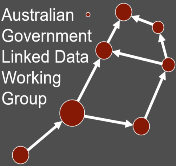GSWA collection facilities
Names and physical locations of facilities housing Geological Survey of Western Australia (GSWA) collections of physical objects. The list includes buildings or designated parts of buildings, as well as external storage facilities.
